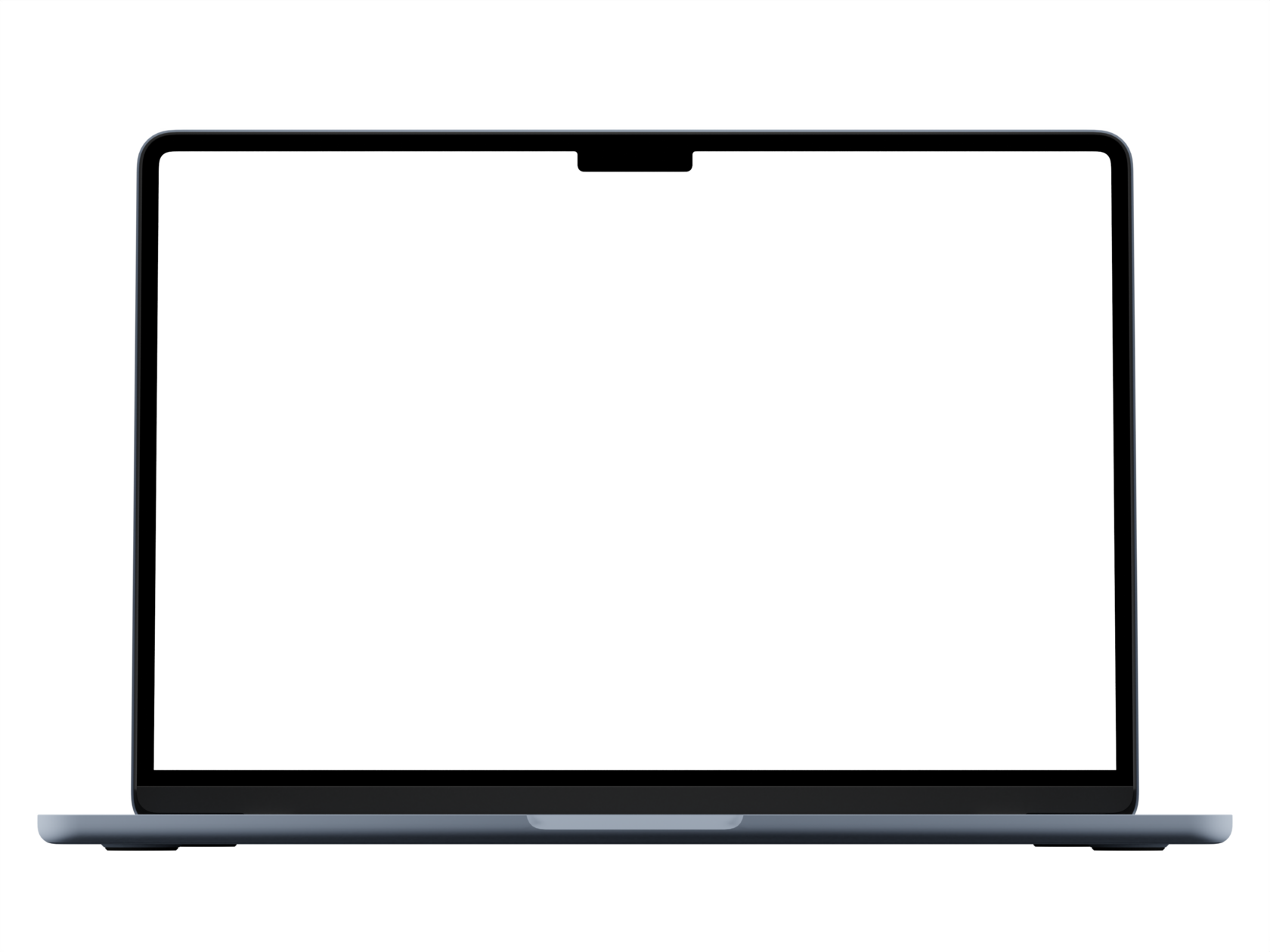Convenient interface with user settings
Personalization:
The user can customize the interface and functionality of the application to their individual needs. This improves the comfort of use, allowing everyone to adapt the interface to their preferences, be it appearance, color schemes or functional elements.
Improved user experience (UX):
Access to simple and clear settings makes the interface more friendly and intuitive. This reduces the learning curve, makes it easier for new users and creates an overall positive impression.
Flexibility and control:
Settings allow users to independently adjust parameters such as notifications, language, design and other functions. This gives a sense of control and makes using the application or system more predictable.
The user can customize the interface and functionality of the application to their individual needs. This improves the comfort of use, allowing everyone to adapt the interface to their preferences, be it appearance, color schemes or functional elements.
Improved user experience (UX):
Access to simple and clear settings makes the interface more friendly and intuitive. This reduces the learning curve, makes it easier for new users and creates an overall positive impression.
Flexibility and control:
Settings allow users to independently adjust parameters such as notifications, language, design and other functions. This gives a sense of control and makes using the application or system more predictable.
Verifies the authenticity of the protected web page using a certificate verification service
Data Security:
Web page authentication via certificates ensures that user data (such as passwords, financial information, or personal data) is transmitted via secure channels and is protected from interception by intruders.
Data Encryption:
Certificates (such as SSL/TLS) provide encryption of transmitted data between the user and the server. This makes the information invisible to third parties, even if they can access the traffic.
Compliance with Security Standards:
Verified certificates indicate that the web resource complies with modern security standards and adheres to best practices for protecting user data, which is important for both users and owners.
Web page authentication via certificates ensures that user data (such as passwords, financial information, or personal data) is transmitted via secure channels and is protected from interception by intruders.
Data Encryption:
Certificates (such as SSL/TLS) provide encryption of transmitted data between the user and the server. This makes the information invisible to third parties, even if they can access the traffic.
Compliance with Security Standards:
Verified certificates indicate that the web resource complies with modern security standards and adheres to best practices for protecting user data, which is important for both users and owners.
Checks the user's computer for vulnerabilities in the operating system
Increased security:
Regular scans help identify vulnerabilities in the operating system that can be used by attackers. This helps prevent threats such as data theft, viruses, and other types of malware.
Preventing exploits:
Vulnerabilities in the system can be exploited using exploits (programs that use system flaws to perform unauthorized actions). Checking for vulnerabilities helps to promptly eliminate such "holes", minimizing the risk of attacks.
Reducing the risk of data leakage:
Detecting and fixing vulnerabilities protects against unauthorized access to confidential user data. This is especially important for personal information, financial data, or corporate resources that can be compromised during attacks.
Regular scans help identify vulnerabilities in the operating system that can be used by attackers. This helps prevent threats such as data theft, viruses, and other types of malware.
Preventing exploits:
Vulnerabilities in the system can be exploited using exploits (programs that use system flaws to perform unauthorized actions). Checking for vulnerabilities helps to promptly eliminate such "holes", minimizing the risk of attacks.
Reducing the risk of data leakage:
Detecting and fixing vulnerabilities protects against unauthorized access to confidential user data. This is especially important for personal information, financial data, or corporate resources that can be compromised during attacks.
Protects against interception of personal data when entered by the user on web pages
Preventing data theft:
Protecting against interception of data such as passwords, credit card numbers and other sensitive information significantly reduces the risk of it being stolen by intruders. This protects the user from financial and personal losses.
Data encryption:
Protection when entering data is often implemented through encryption (for example, using SSL/TLS protocols). This makes the transmitted data unreadable to third parties, even if they manage to gain access to the network traffic.
Preventing man-in-the-middle (MITM) attacks:
When data is transmitted between the user and the website, intruders may try to insert themselves into this process in order to intercept or change the information. Protection against data interception prevents such attacks by ensuring the integrity of the transmitted information.
Protecting against interception of data such as passwords, credit card numbers and other sensitive information significantly reduces the risk of it being stolen by intruders. This protects the user from financial and personal losses.
Data encryption:
Protection when entering data is often implemented through encryption (for example, using SSL/TLS protocols). This makes the transmitted data unreadable to third parties, even if they manage to gain access to the network traffic.
Preventing man-in-the-middle (MITM) attacks:
When data is transmitted between the user and the website, intruders may try to insert themselves into this process in order to intercept or change the information. Protection against data interception prevents such attacks by ensuring the integrity of the transmitted information.
Are you interested in our product? Would you like to know more details

Checks links for phishing websites
Identity Theft Protection:
Checking links for phishing sites prevents users from visiting fraudulent resources that can steal their personal data, such as logins, passwords, bank card numbers and other confidential information.
Preventing Financial Losses:
Phishing sites often target users to steal their financial information (such as credit card details or bank accounts). Checking links helps avoid visiting such sites and protects users from financial fraud.
Reducing the risk of malware infection:
Phishing sites may contain malware (viruses, Trojans, spyware) that are installed on the user's device when they visit the site. Checking links helps avoid visiting such sites and protects your computer or mobile device from infection.
Checking links for phishing sites prevents users from visiting fraudulent resources that can steal their personal data, such as logins, passwords, bank card numbers and other confidential information.
Preventing Financial Losses:
Phishing sites often target users to steal their financial information (such as credit card details or bank accounts). Checking links helps avoid visiting such sites and protects users from financial fraud.
Reducing the risk of malware infection:
Phishing sites may contain malware (viruses, Trojans, spyware) that are installed on the user's device when they visit the site. Checking links helps avoid visiting such sites and protects your computer or mobile device from infection.
Searches for rootkits in the operating system kernel memory
Detecting Hidden Threats:
Rootkits are malicious programs that can hide deep within the operating system, changing its behavior and remaining invisible to conventional antivirus programs. Searching for rootkits in kernel memory helps identify these hidden threats that may remain undetected by other protection methods.
Protecting Critical System Components:
Rootkits often infiltrate the operating system kernel, gaining access to critical system components. Searching for such threats in kernel memory helps prevent the compromise of key system functions, ensuring their stable and secure operation.
Preventing Stealth Attacks:
Since rootkits are often used to launch long-term stealth attacks (such as espionage, data theft, or participation in botnets), detecting them at the kernel level helps stop these attacks in their early stages, before they cause significant damage.
Rootkits are malicious programs that can hide deep within the operating system, changing its behavior and remaining invisible to conventional antivirus programs. Searching for rootkits in kernel memory helps identify these hidden threats that may remain undetected by other protection methods.
Protecting Critical System Components:
Rootkits often infiltrate the operating system kernel, gaining access to critical system components. Searching for such threats in kernel memory helps prevent the compromise of key system functions, ensuring their stable and secure operation.
Preventing Stealth Attacks:
Since rootkits are often used to launch long-term stealth attacks (such as espionage, data theft, or participation in botnets), detecting them at the kernel level helps stop these attacks in their early stages, before they cause significant damage.
Prevents unauthorized screen captures by spyware
Protect confidential information:
Spyware can take screenshots to steal sensitive data such as passwords, banking details, or personal correspondence. Preventing unauthorized screenshots protects personal and corporate data from falling into the wrong hands.
Preserve personal privacy:
Users may accidentally leave personal photos, messages, or other private data on the screen. Spyware that captures screens violates the user's privacy. Protecting against these programs helps keep personal information confidential.
Prevent intellectual property theft:
Creative or technological developments can easily be stolen through screen capture, especially if they are working prototypes, drawings, codes, or design work. Blocking unauthorized screenshots helps protect unique ideas and developments from being stolen.
Spyware can take screenshots to steal sensitive data such as passwords, banking details, or personal correspondence. Preventing unauthorized screenshots protects personal and corporate data from falling into the wrong hands.
Preserve personal privacy:
Users may accidentally leave personal photos, messages, or other private data on the screen. Spyware that captures screens violates the user's privacy. Protecting against these programs helps keep personal information confidential.
Prevent intellectual property theft:
Creative or technological developments can easily be stolen through screen capture, especially if they are working prototypes, drawings, codes, or design work. Blocking unauthorized screenshots helps protect unique ideas and developments from being stolen.
Advanced image quality detection technology
Identify hidden threats:
Image quality analysis technologies can detect images containing data that is difficult to see with the naked eye, such as document scans or QR codes containing sensitive information. This helps detect threats that could be used to steal data.
Filtering unreliable or dangerous images:
The system can identify low-quality images that could be modified or distorted by attackers to hide fraudulent information. This filtering allows you to filter out unreliable images, protecting users from manipulation.
Improved counterfeit and fraud detection:
Advanced image analysis technologies can help identify counterfeits, such as fake documents or photographs, that could be used for fraud. This is especially important for protecting personal data in financial and legal processes.
Image quality analysis technologies can detect images containing data that is difficult to see with the naked eye, such as document scans or QR codes containing sensitive information. This helps detect threats that could be used to steal data.
Filtering unreliable or dangerous images:
The system can identify low-quality images that could be modified or distorted by attackers to hide fraudulent information. This filtering allows you to filter out unreliable images, protecting users from manipulation.
Improved counterfeit and fraud detection:
Advanced image analysis technologies can help identify counterfeits, such as fake documents or photographs, that could be used for fraud. This is especially important for protecting personal data in financial and legal processes.

If you want to learn more details or purchase our product, leave a request and our manager will contact you


INSPIRA HUB FOR COMPUTER SYSTEMS COMMUNICATION EQUIPMENT SOFTWARE LLC.
Address: RASIS BUSINESS CENTRE, Office - 400-078
Al Barsha First, Dubai, United Arab Emirates, +971-585477688
Address: RASIS BUSINESS CENTRE, Office - 400-078
Al Barsha First, Dubai, United Arab Emirates, +971-585477688
Terms of personal data processing

Secure
data
guard
data
guard
If you want to learn more details or purchase our product, leave a request and our manager will contact you





